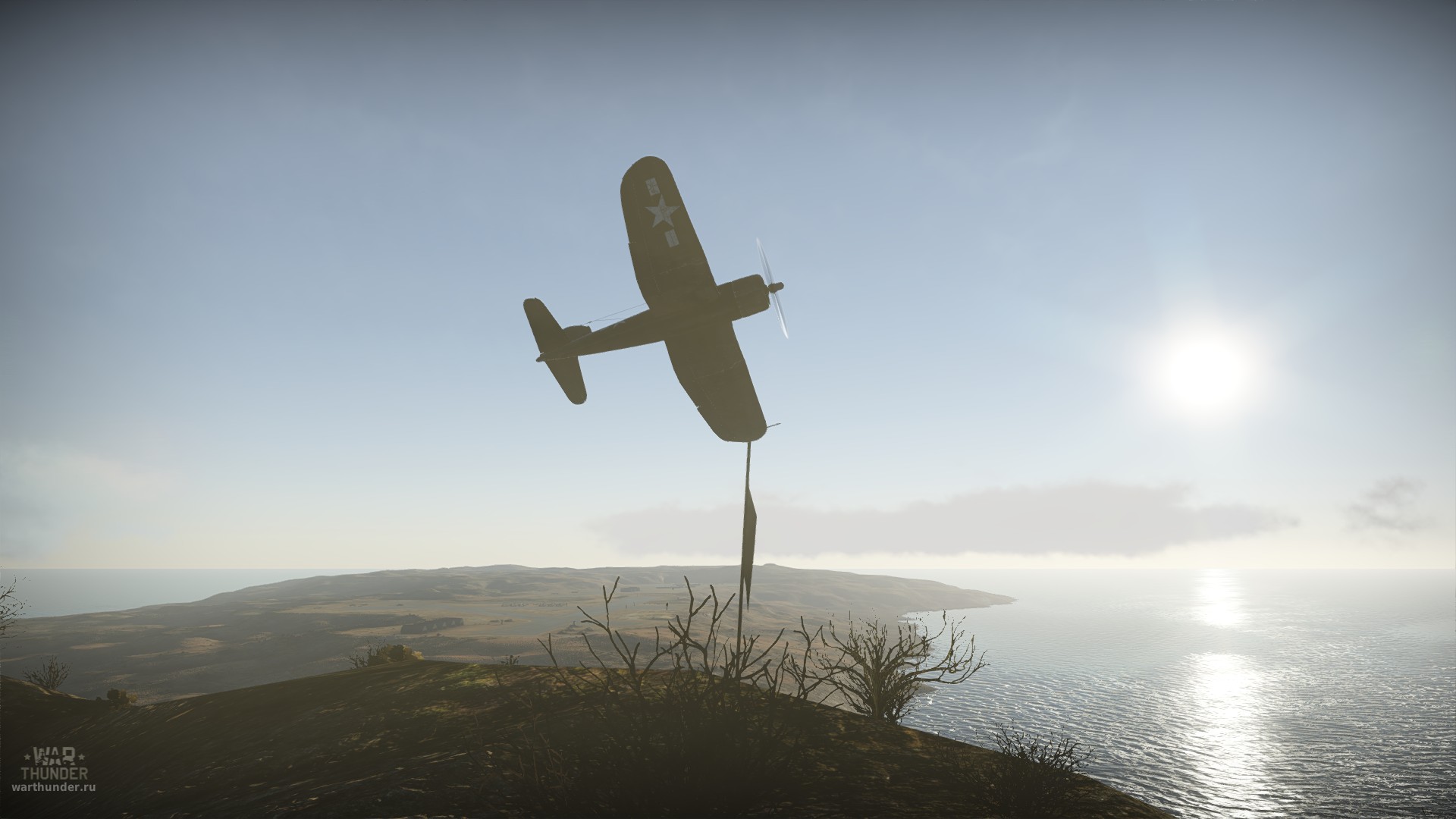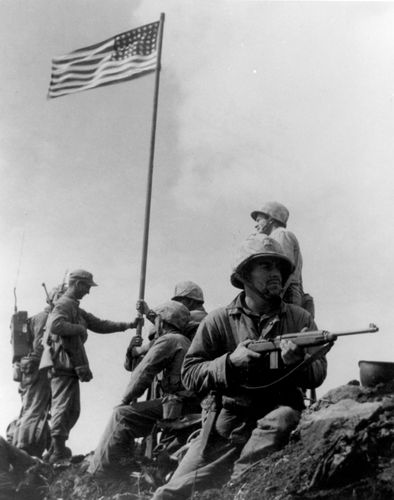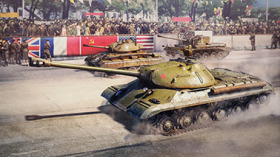
- For PC
- For MAC
- For Linux
- OS: Windows 7 SP1/8/10 (64 bit)
- Processor: Dual-Core 2.2 GHz
- Memory: 4GB
- Video Card: DirectX 10.1 level video card: AMD Radeon 77XX / NVIDIA GeForce GTX 660. The minimum supported resolution for the game is 720p.
- Network: Broadband Internet connection
- Hard Drive: 17 GB
- OS: Windows 10/11 (64 bit)
- Processor: Intel Core i5 or Ryzen 5 3600 and better
- Memory: 16 GB and more
- Video Card: DirectX 11 level video card or higher and drivers: Nvidia GeForce 1060 and higher, Radeon RX 570 and higher
- Network: Broadband Internet connection
- Hard Drive: 95 GB
- OS: Mac OS Big Sur 11.0 or newer
- Processor: Core i5, minimum 2.2GHz (Intel Xeon is not supported)
- Memory: 6 GB
- Video Card: Intel Iris Pro 5200 (Mac), or analog from AMD/Nvidia for Mac. Minimum supported resolution for the game is 720p with Metal support.
- Network: Broadband Internet connection
- Hard Drive: 17 GB
- OS: Mac OS Big Sur 11.0 or newer
- Processor: Core i7 (Intel Xeon is not supported)
- Memory: 8 GB
- Video Card: Radeon Vega II or higher with Metal support.
- Network: Broadband Internet connection
- Hard Drive: 95 GB
- OS: Most modern 64bit Linux distributions
- Processor: Dual-Core 2.4 GHz
- Memory: 4 GB
- Video Card: NVIDIA 660 with latest proprietary drivers (not older than 6 months) / similar AMD with latest proprietary drivers (not older than 6 months; the minimum supported resolution for the game is 720p) with Vulkan support.
- Network: Broadband Internet connection
- Hard Drive: 17 GB
- OS: Ubuntu 20.04 64bit
- Processor: Intel Core i7
- Memory: 16 GB
- Video Card: NVIDIA 1060 with latest proprietary drivers (not older than 6 months) / similar AMD (Radeon RX 570) with latest proprietary drivers (not older than 6 months) with Vulkan support.
- Network: Broadband Internet connection
- Hard Drive: 95 GB

F4U-1a USMC over Iwo Jima
Aircraft will be available in Update 1.39
From 16:00 GMT (8:00 PST) March 26th
to 16:00 GMT (8:00 PST) March 27th
30% discount for purchase of "Pacific" Advanced Pack
Participate in the "Iwo Jima" special event in War Thunder - available via the "Events" tab.
 The first day of the American landings was on February 19th, 1945. The Marines suffered heavy casualties as they reached the beach, the American bombings arranged previously, had not been effective. What it had done was to churn up the beaches and the immediate scrubland which gave the Japanese a good opportunity to prepare and discover hiding holes and camouflage for snipers. It also hindered the American movement inland as the area had been so heavily bombed it was poor going, pot holed and shell cratered. The well placed Japanese snipers held up the American advance for some considerable time.
The first day of the American landings was on February 19th, 1945. The Marines suffered heavy casualties as they reached the beach, the American bombings arranged previously, had not been effective. What it had done was to churn up the beaches and the immediate scrubland which gave the Japanese a good opportunity to prepare and discover hiding holes and camouflage for snipers. It also hindered the American movement inland as the area had been so heavily bombed it was poor going, pot holed and shell cratered. The well placed Japanese snipers held up the American advance for some considerable time.
Iwo Jima proved a difficult, costly and bloody target to take – too often the Americans only managed to gain several hundred metres a day. However, by March the 11th, the Japanese were trapped in an area around Kitano Point, the island’s most northerly point. By March the 16th, the island was declared secure and all Japanese resistance had ceased by March the 26th. It was a gruesome and horrific battle on both sides, a battle that would haunt the combatants all their life.
The tiny island had taken the US over a month to take. The Marines lost 6,891 men and 18,070 were wounded. Of the 22,000 Japanese soldiers stationed on the island, only 212 were taken prisoners, a huge loss of men and morale. What the battle did show the Americans was how far the Japanese would go to defend their homeland – a decision that was to influence the use of the atomic bombs in Hiroshima and Nagasaki.
110,000 Marines arrived in 880 ships in the World War II battle at Iwo Jima, Japan. Five of these Marines, raised the flag of victory on top of Mount Suribachi. Captured on film and designed into a massive bronze sculpture, the scene has become one of the most memorable in the United State’s history.
"On the morning of February 23 1945 when the Colonel ordered these four men to take up the flag, they started going up and the communications were faulty between the top and the bottom of the mountain and they ordered me to take up the radio battery. When I got up there the four-man patrol with the flag had just got up there and they were about ready to put it up and when I got up I delivered the battery and then I went over to them and I was watching them put up the flag and the very heavy Japanese pipe…it weighed quite a lot…so they said lend a hand…so I just got into it."
Gagnon was the youngest of the six flag-raisers and - with John Bradley and Ira Hayes - one of three survivors. Gagnon posed for his likeness in the famous Washington, DC memorial, and played himself in two Iwo Jima films, one starring John Wayne. It was Gagnon who carried the flag up Mt. Suribachi after the famous moment was recorded. A modest man by all accounts, Gagnon is buried at Arlington National Cemetery in Virginia. He and the other five flag-raisers are the subject of the book "Flags of Our Fathers" by James Bradley, son of one of the survivors.
War Thunder team



